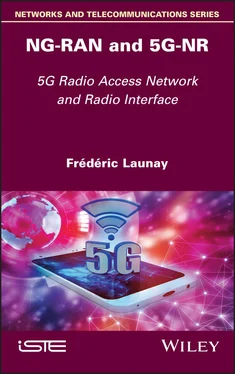Dual connectivity defines the “Master Cell Group (MCG) bearer” and the “Secondary Cell Group (SCG) bearer”.
The MCG carries data that will be transmitted on the radio resources allocated by the MN. In the case of carrier aggregation, the MN supports data on the PCell (Primary Cell) and SCells (Secondary Cells).
The SCG carries data that will be transmitted on the radio resources allocated by the SN. In the case of carrier aggregation, the SN supports data on the PCell and SCell.
The split bearer consists of routing the traffic between the MN and the SN. According to the U-plane termination, the split bearer consists of splitting either the MCG bearer or the SCG bearer.
For E-RABs configured as “MCG bearers”, the U-plane termination point is located at the MN.
For E-RABs configured as “SCG bearers”, the U-plane termination point is located at the SN.
For the core network configuration, each support (MCG, SCG, split bearer) can end on the MN and/or on the SN. The split bearer is transparent for the core network entities.
Several deployment scenarios ( Figure 1.2) have been defined for the 5G-NSA:
1 – option 3: the E-UTRAN access network is connected to the 4G core network. The master node is the 4G radio node (eNB – evolved Node B). The secondary node is the 5G radio node (en-gNB). The MR-DC architecture is called EN-DC (E-UTRAN NR Dual Connectivity);
2 – option 4: the NG-RAN access network is connected to the 5G core network. The master node is a 5G radio node (gNB – next generation Node Base Station). The secondary node is a 4G radio node (ng-eNB). The MR-DC architecture is called NE-DC (NR – E-UTRAN Dual Connectivity);
3 – option 7: the NG-RAN access network is connected to the 5G core network. The master node is a 4G radio node (ng-eNB – next generation eNB). The secondary node is a 5G radio node. The MR-DC architecture is called NGEN-DC (NG-RAN E-UTRAN NR Dual Connectivity).
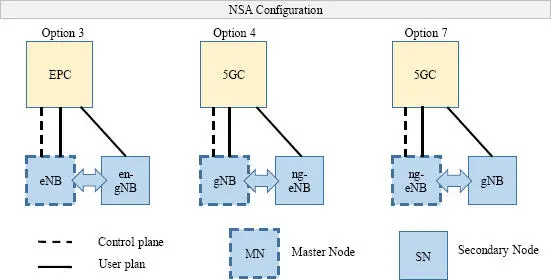
Figure 1.2. NSA configuration options
Option 3 is the non-standalone EN-DC configuration.
Option 3 uses the MN (Master Node) terminated MCG (Master Cell Group) bearer for signaling: the eNB is the master node, and the gNB (gNodeB) acts as the secondary node. The radio access network is connected to EPC.
The 4G base station (eNB) controls the 5G base station (en-gNB) through the X2 interface.
The eNB supports signaling with the MME ( Mobile Management Entity ) through the S1-MME interface and supports the user plane traffic ( MCG bearer ) with the SGW ( Serving Gateway ) entity through the S1-U interface.
The en-gNB base station supports signaling with the eNB. The 5G-NR interface is activated by the eNB over the X2 interface. Once activated, en-gNB controls its own radio resource allocation. The user traffic is either transmitted from the eNB to en-gNB or transmitted from the 4G core network (SGW) over the S1-U interface to en-gNB.
The master node eNB exchanges data in both directions, uplink and downlink, with the mobile.
The secondary node en-gNB allows us to increase both uplink and downlink data rates.
With a DC mechanism, data is transmitted to the mobile according to one of the following variations ( Figure 1.3):
1 – option 3: in plain option 3, all uplink and downlink data flows to and from the LTE part (MCG split bearer) of the LTE/NR base station, i.e. to and from the eNB. The eNB then decides which part of the data it wants to forward to the 5G gNB part of the base station over the Xx interface;
2 – option 3a: both LTE eNG (MCG bearer) and 5G-NR en-gNB (SCG bearer) exchange traffic to the 4G core network directly. This means that a data bearer allocated to a node cannot share its load over the second node. This option does not suit the case of mobile use;
3 – option 3x: user data traffic will directly flow to the 5G gNB part of the base station (SCG split bearer). The traffic is delivered over the 5G-NR interface to the device, and part of the data can be forwarded over the X2 interface to the 4G eNB.
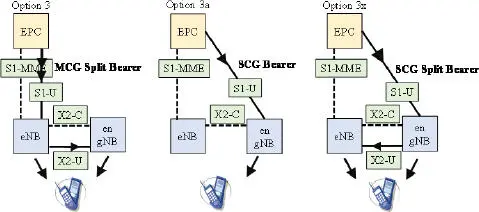
Figure 1.3. Secondary node addition – option 3
Option 3 uses the MN terminated MCG bearer for user traffic. The eNB entity splits the S1 bearer into:
1 – LTE radio support;
2 – NR support.
Option 3x uses the SN terminated SCG bearer for user traffic. The gNB entity splits the S1 bearer into:
1 – LTE radio support;
2 – NR support.
Option 4 relies on the 5G core (5GC).
The gNB acts as an MN; it supports signaling exchange ( MCG signaling bearer ) with the 5G core network’s transport plane through the NG-C interface. The LTE user plane connections go via the 5G-NR through the NG-U interface.
The ng-eNB base station acts as a secondary node. It is controlled by the gNB base station through the Xn-C interface. The ng-eNB is a new generation of the 4G base station.
The gNB controls the ng-eNB through the Xn interface.
The data is transmitted to the ng-eNB entity via one of the following options ( Figure 1.4):
1 – from the master node gNB, which performs the split bearer (option 4, MN terminated split bearer);
2 – from the 5GC network (option 4a, SCG bearer).
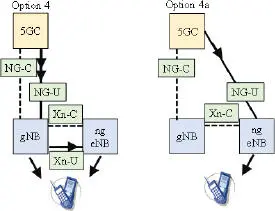
Figure 1.4. NE-DC architecture – option 4
Option 7 relies on the 5G core (5GC).
The ng-eNB acts as an MN; it supports signaling ( MCG signaling bearer ) with the 5GC core network’s transport plane through the NG-C interface and exchanges data to the 5G core network’s user plane through the NG-U interface.
The gNB base station acts as an SN. It is controlled by the ng-eNB base station via the Xn-C interface.
The ng-eNB (4G base station) controls the gNB through the Xn interface.
The data is transmitted to the gNB entity via one of the following options ( Figure 1.5):
1 – from the ng-eNB base station, which performs a split bearer. This is option 7 (MN terminated split bearer);
2 – from the 5G core network. This is option 7a (SCG bearer).
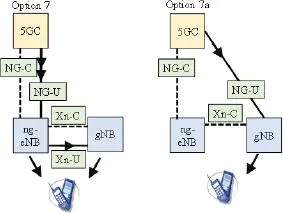
Figure 1.5. NE-DC architecture – option 7
1.2. Description of the NG-RAN network
The NG-RAN provides both NR and LTE radio access.
An NG-RAN node is either a gNB (5G base station), providing NR user plane and control plane services, or an ng-eNB (new generation 4G base station) providing the LTE/E-UTRAN services towards the UE (control plane and user plane).
The NG-RAN ensures the connection of mobiles and the reservation of radio resources between:
1 – the mobile and the ng-eNB base station on a single 4G carrier (LTE) or on several 4G frequency carriers (LTE-Advanced);
2 – the mobile and the gNB base station on one or more 5G frequency bands (5G-NR).
The gNBs and ng-eNBs are interconnected through the Xn interface. The gNBs and ng-eNBs are also connected, via NG interfaces, to the 5G core (5GC).
Читать дальше
